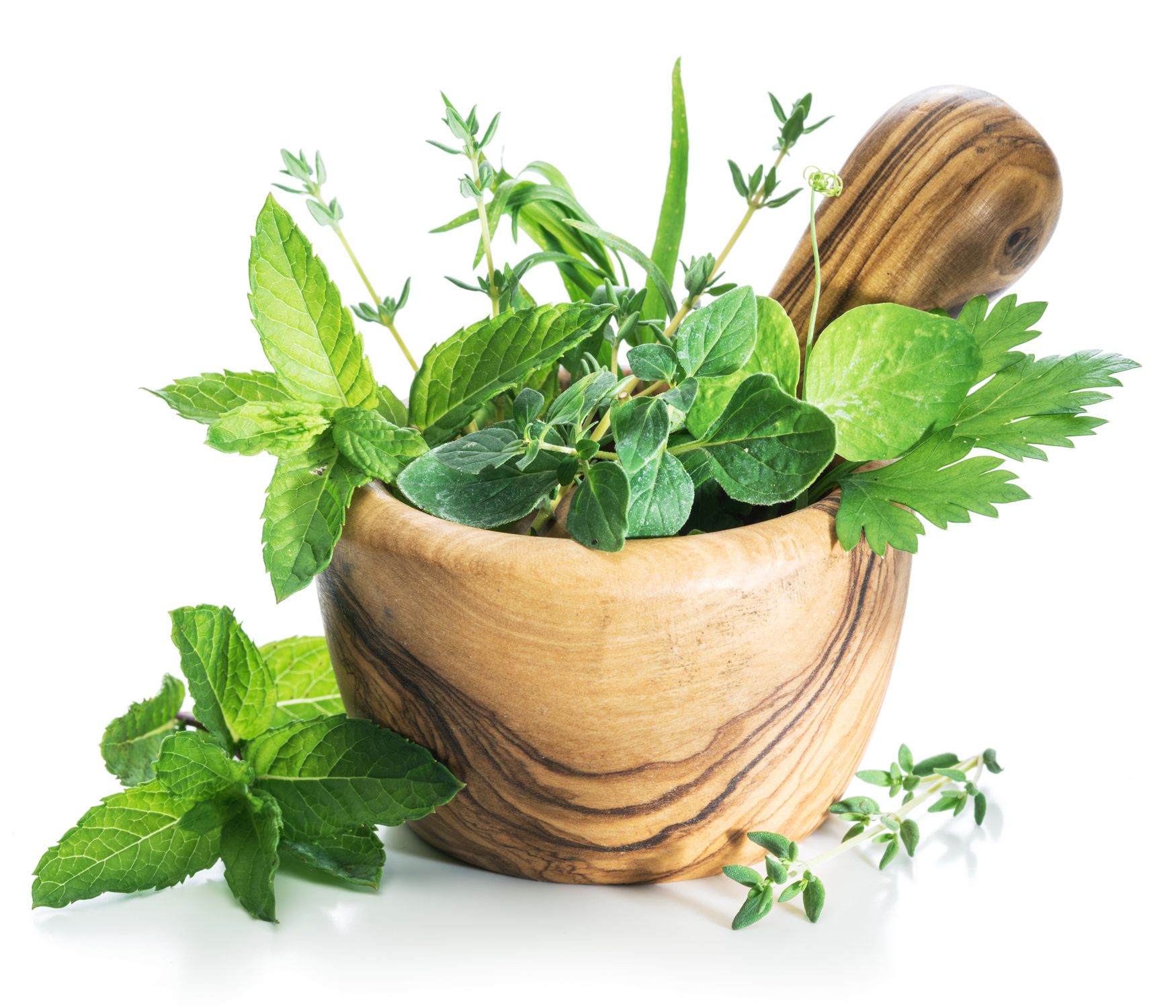Roll Out The Fabric and Enjoy...
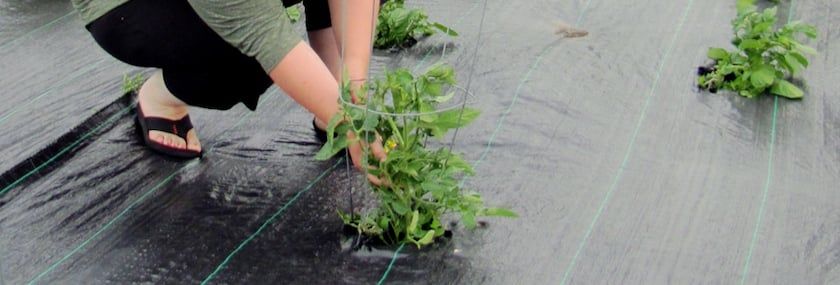

Gardening’s Secret Weapon!
My family is fortunate to live on 5 acres of rural land and a large part of our diet comes from our half-acre garden. With four kids in summer sports, and both Melanie and I working full-time jobs in town, it would be nearly impossible to keep up on watering and weeding.
That is, without our secret weapon: Black woven landscape fabric.
Roll out the Secret Weapon
While there are a wide variety of landscape fabrics available to the gardener, the more expensive, 3-ounce woven black fabric has worked the best for me. Thinner fabric tears easily and weeds have little trouble growing through.
Once the soil has dried and the soil temps are rising, I begin by running the garden tiller over the ground.
I learned quickly that applying the fabric on freshly tilled soil is a mistake, however.
The moisture gets trapped under the fabric and results in clumps that are difficult to plant in. So, let the soil dry out for a few days before rolling the fabric over. The fabric we use is 6 feet wide by 500 feet long, and covers a tremendous amount of garden.

Steel fabric staples work great for holding the fabric down, but don’t skimp on size. Here in North Dakota, it can get very windy, and it is frustrating to look out the window of the house and see fabric flapping in the wind!
The staples that work best for us are steel, 10 inches long and two inches wide.
What will you grow?
Before rolling and stapling fabric, plot out the various crops you will grow.
Potatoes, tomatoes, and peppers grow a single plant stalk. For those, roll the fabric with overlapping seams to prevent any weeds.
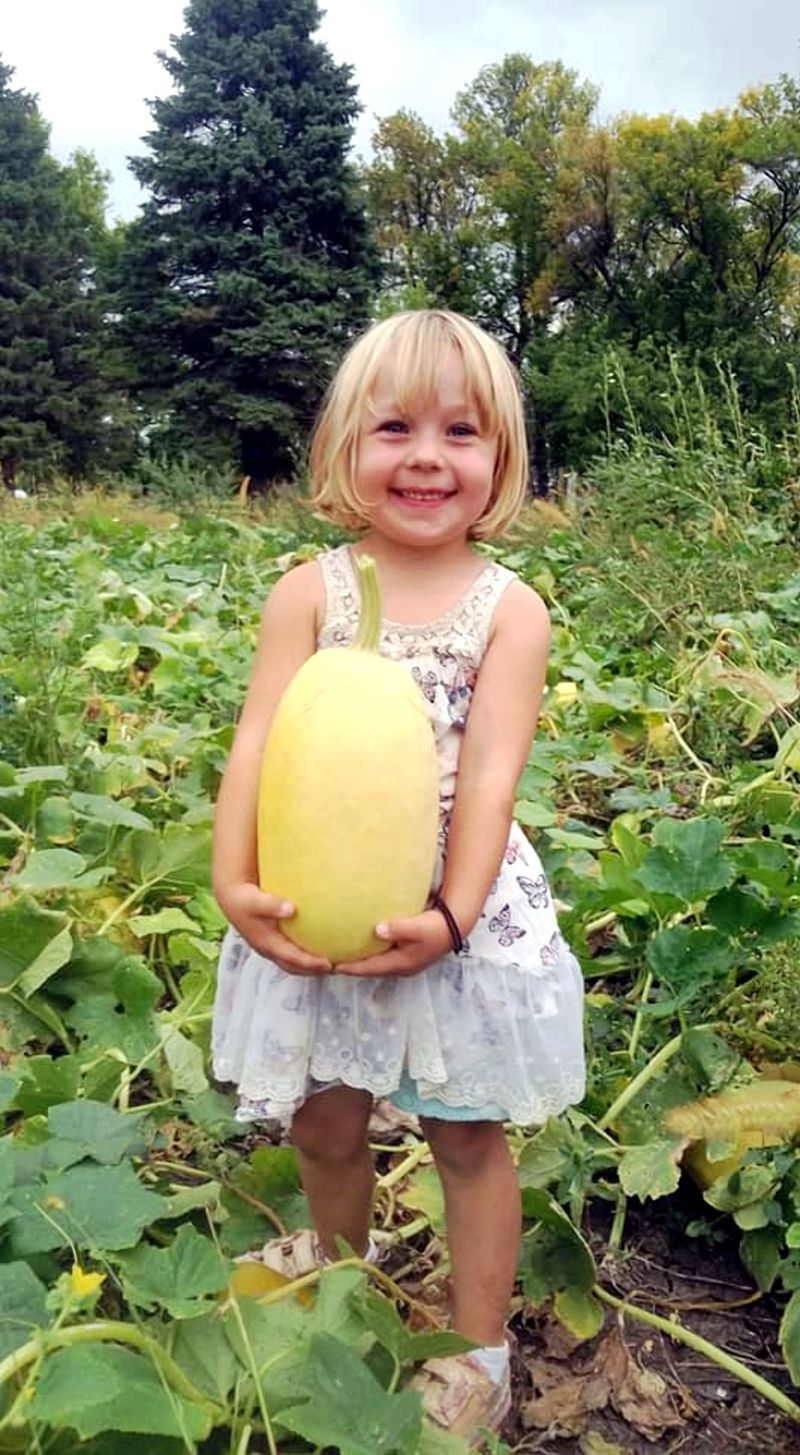
For row crops and vining crops, I leave a strip of soil between each pass. My front-tine garden tiller is 24” wide, so I leave around 28” of bare soil between fabric sheets. This allows the vines to spread out and contact soil.
Instead of fighting weeds, I sow a diverse cover crop mix once all my crops have germinated and began growing.
My favorite mix includes oats, buckwheat, turnips, radishes, field peas, and fava beans. This mix adds to the fertility of the soil and provides a home for pollinating insects.
Down-and-dirty planting techniques
Once the fabric is down, it’s time to plant, and note that covered soil will warm up sooner than bare soil. With the short growing season we have in the northern part of the country, any extra day of warm soil helps crops mature.
Using a sharp carpet knife, slash an “X” in each location a plant will go. Alternatively, a small propane Bertha-style torch can melt a circular hole.
Spuds: One of our major crops is potatoes, planting nearly 200 hills each year. I will cut “X” after “X” in a straight line two feet or so apart while Melanie follows with a hand spade and a basket of potato eyes. After digging the hole she drops in the potato, eye up, before covering it and moving to the next.
Pepper and tomato transplants: Tomatoes and pepper plants are also planted in the “X” hole, with cages placed over the plants and into the fabric. More staples are added as well, as the holes allow air to flow through and the fabric may lift. It seems that there can never be too many staples used.
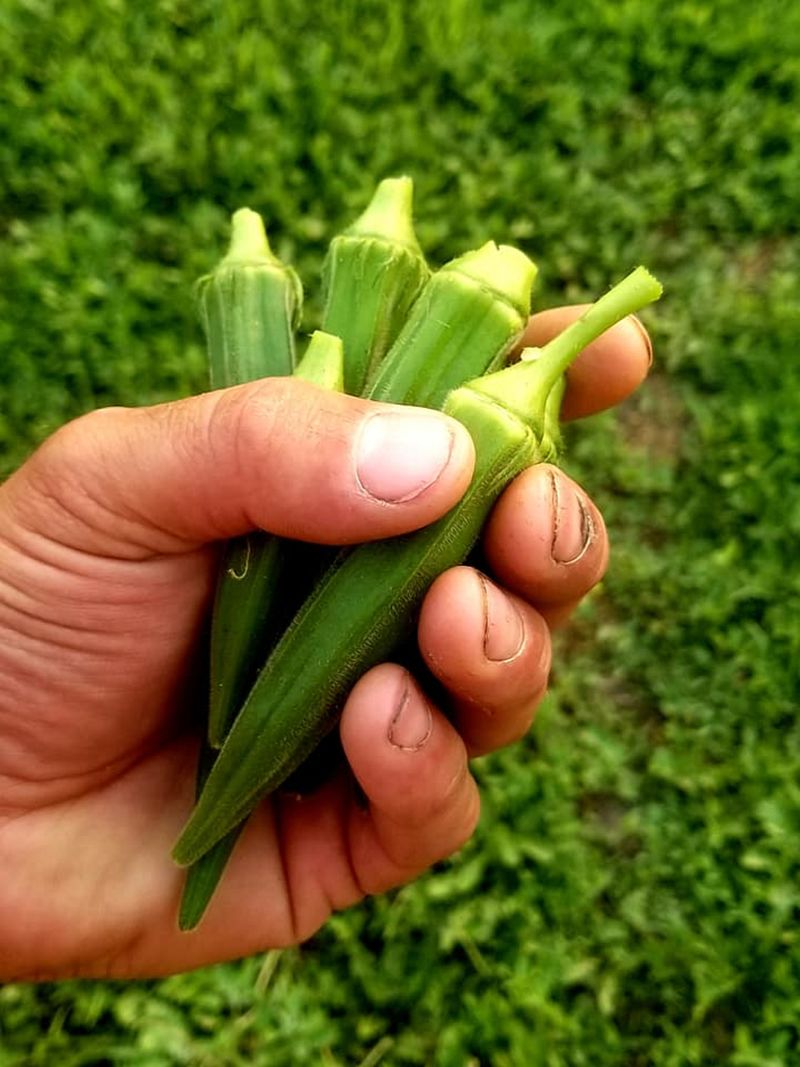
Seeded crops: Planting seeds in rows is a little different. Rather than a single “X”, I will cut a slit the distance of the row. Pulling the plastic back, staples are installed on each side to leave a gap in the fabric an inch or so wide. We follow up with a triangle-shaped hoe, digging the soil to the depth appropriate to the crop planted.
Crops on our homestead that are planted this way include okra, onion, kale, lettuce, and green beans. Plants that require space and planted from seed such as watermelon, cucumber, pumpkin, summer-and winter-squash are again planted in an “X” cut in the fabric at the appropriate spacing.
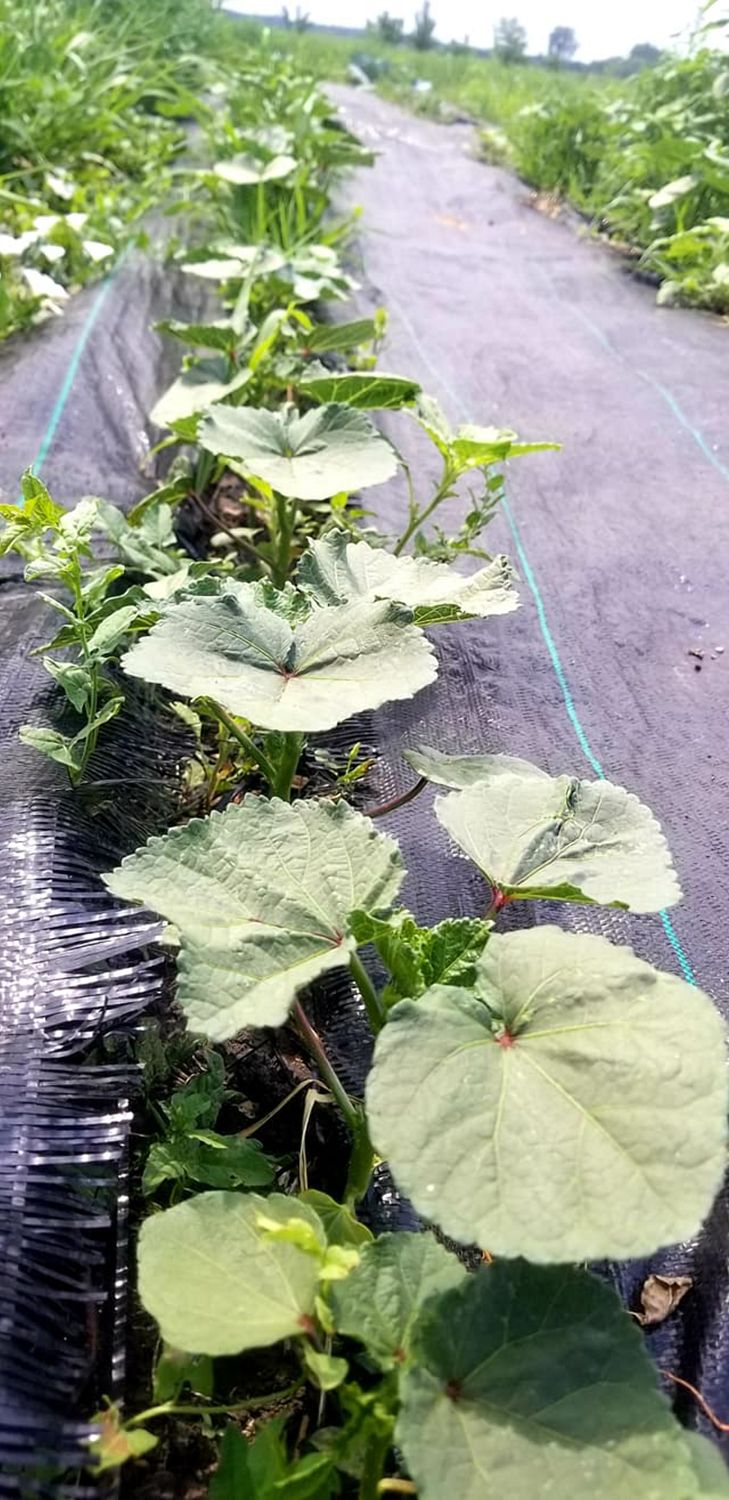
A growing advantage
Our garden is too large to water effectively with a hose or sprinkler set-up. The neighbor has a well, and we filled our 250-gallon water tank on three different occasions in 2021 to help the seeds stay somewhat damp prior to germination. Once the sprouts popped up, we let nature take its course.
The biggest advantage beyond weed control, is the moisture retention that fabric provides.
Bare soil under a hot sun can be bone-dry, but under the fabric it’s still damp—making the difference between a bountiful garden and having to shop at the local farmer�’s market.
Warm weather plants like okra, peppers, and tomatoes explode as the hot summer progresses. The fabric warms the soil and plants more quickly in the morning and retains heat longer into the evening. Our okra in particular grows into a towering plant, covered in delicious pods.
Potatoes do not need to be hilled when planted under fabric. As the tubers push up and out of the ground the fabric raises as well. Except for the very top spud, the rest remain covered.
The fabric doesn’t eliminate weeding but does greatly reduce it to an almost enjoyable level.
The most troublesome weed in our garden is mallow and its tenacious tendrils. Luckily, it takes a tremendous amount of energy for them to reach the hole openings and are easily pulled.
Harvest and next spring
Because cucumbers, pumpkins, squash, and watermelon lay on top of the fabric there is less rot or discoloration. We just use a wheelbarrow and go down the rows.

If we feel like fresh potatoes, it’s easy to dig into a hill with a hand shovel. When harvesting the entire patch for winter storage, however, we use a potato fork. I remove the staples and roll the fabric up, exposing all the hills. Melanie follows with the wheelbarrow, and we fill it with our winter spuds.
To reduce wind erosion over the winter, I keep the majority of the fabric in place until the following spring. Where the fabric is rolled up, we seed an autumn cover crop. Even if it doesn’t germinate in the fall, it will begin to grow in the spring. The green mat provides an excellent source of fertilizer.
Use channel lock pliers to remove the staples and place them in buckets. The fabric is rolled up and placed off to the side, and the soil tilled. To reduce disease and utilize nutrients, the fabric panels are shifted to ensure that there is never two years of the same crop in the same place.
Feeding the family
Growing your own food is never easy, but the use of landscape fabric and sound growing practices can make life a little easier for harried acreage owners.
When sitting down to a meal of canned or frozen vegetables from our garden—especially as snow drifts outside the window—I am thankful for a bountiful garden!
Tags:Garden & Landscape

Acreage Life is part of the Catalyst Communications Network publication family.










